Nothing Phone (3a) Pro review: is Pro the way to go?
Nothing's new 'Pro' version of the Phone (3a) goes big on cameras, but the new Essential Key AI feature presents problems for me

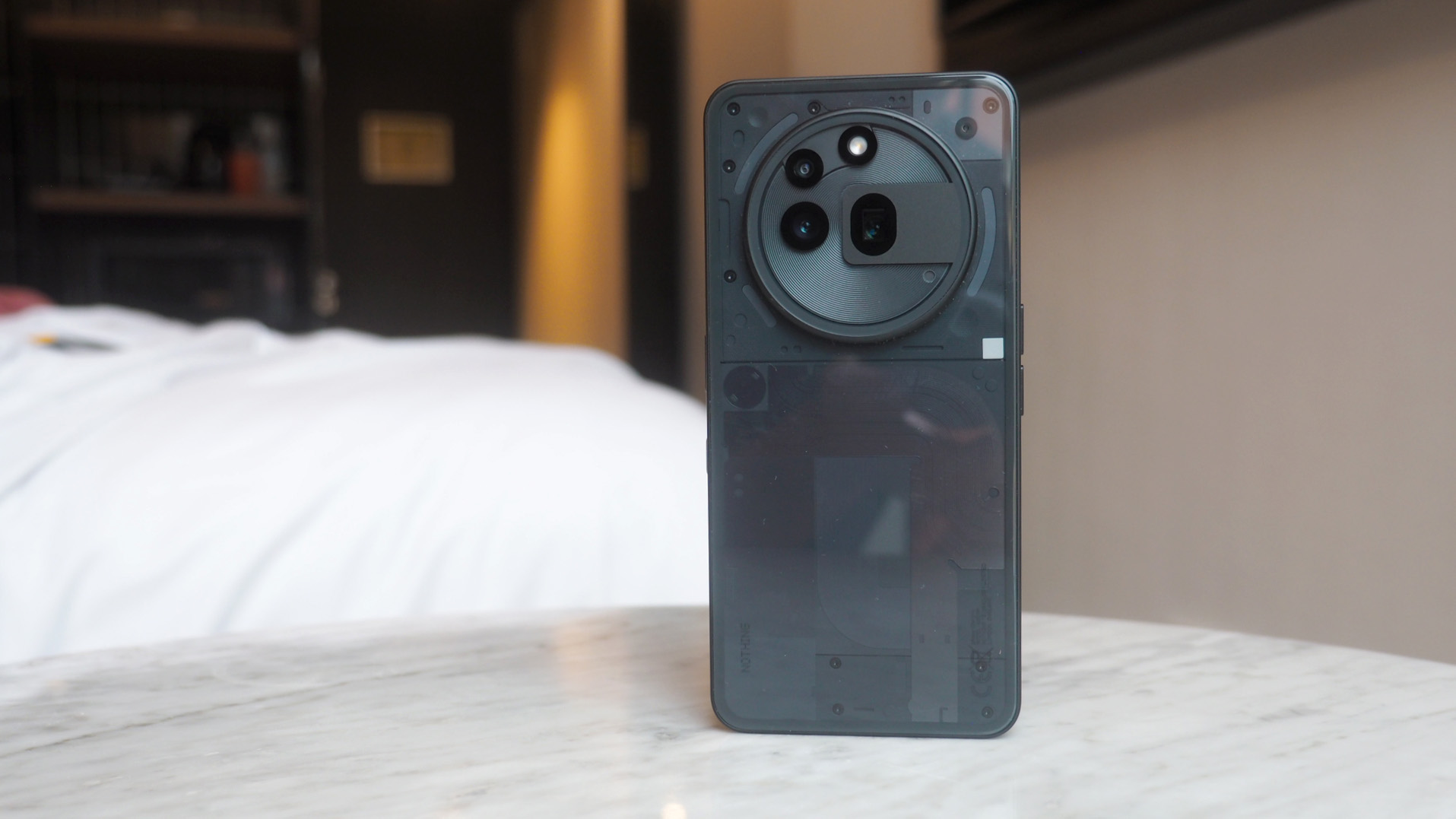

When you consider the Nothing Phone (3a) Pro has a massive periscope zoom camera, it's savvily positioned against the competition. Sure, it's pricier than the earlier (2a) or its less well-endowed (3a) sibling – yet with a price that undercuts Samsung's Galaxy A56 and Apple's iPhone 16e by far, it offers great value. The Pro feels like a more grown-up package than previous – while offering those fun yet functional Glyph lights and software quirks. It's not perfect, mind, as the new Essential Key is poorly positioned, the camera enclosure is inevitably large, and the performance, while solid at this level, isn't seamless.
-
+
Zoom camera for much less cash than a flagship
-
+
Unique Glyph Lighting and software features
-
+
More grown-up design language
-
-
Find the Essential Key's placement problematic
-
-
Cameras aren't all consistent across lenses
-
-
Some minor stutters in performance
Why you can trust T3
It's been less than three years since Nothing released its first-ever phone – and since then it's continued to expand and diversify. Most recent case in point: the Nothing Phone (3a) series, complete with the Phone (3a) Pro on review here, brings an update to the earlier Phone (2a) in not one, but two flavours.
The Phone (3a) Pro isn't therefore quite as 'cheap phone champion' as its base predecessor – a clear contender for the best affordable phone – but it's still savvily positioned against the competition. It comes with a whacking-great periscope zoom lens on the rear, too, giving it more camera kudos than its rivals – if you're okay with the considerable circular camera enclosure design anyway.
One of Nothing's unique selling points has always been its transparent rear design and Glyph Lights – which illuminate in sequence for specific notifications, for example – and that continues here in a more grown-up visual package, which shakes off some of the 'cutesy' looks of its predecessor's design.
The Phone (3a) series also adds what I thought was a great-sounding addition, in the shape of the Essential Key for Essential Space access to AI-based tasklists. But, more than a week after using as my personal device, it turns out the Nothing Phone (3a) Pro's most exciting new feature also happens to be its biggest weakness. Here's why.
How much does the Nothing Phone (3a) Pro cost?
At launch, 2024's Nothing Phone (2a) was priced at £319 ($349 in the USA via the US Developer Program). It's even lower now, with great offers further knocking that asking price down – as you can see in the shopping widget embedded above.
The Nothing Phone (3a) Pro's price is set at £449 ($459 / AU849 – Australian access is via the US Developer Program only) for its 25 March launch date, so it's a fairly big step up. In the UK, mobile operator EE is offering both devices on contract, so you don't have to buy outright.
The less camera-adorned Nothing Phone (3a) – i.e. the 'non-Pro' base version – is priced at a more reflective echo of its predecessor, at £329 ($379 / AU$459), for an earlier 11 March launch. This version also comes in blue finish, which lacks from the Pro's black or grey options.
Get all the latest news, reviews, deals and buying guides on gorgeous tech, home and active products from the T3 experts
Nothing Phone (3a) Pro: What's New?
- Periscope 3x zoom: 50MP (Sony Lytia 600), f/2.55 aperture, optical stabilisation (OIS)
- Larger display, at 6.77in – also brighter than ever before, at 3000 nits peak
- New 'Essential Key', plus Essential Space app and tasks
- Qualcomm Snapdragon 7s Gen 3 processor, 8GB RAM
- Greater dust resistance (IP64 rated)
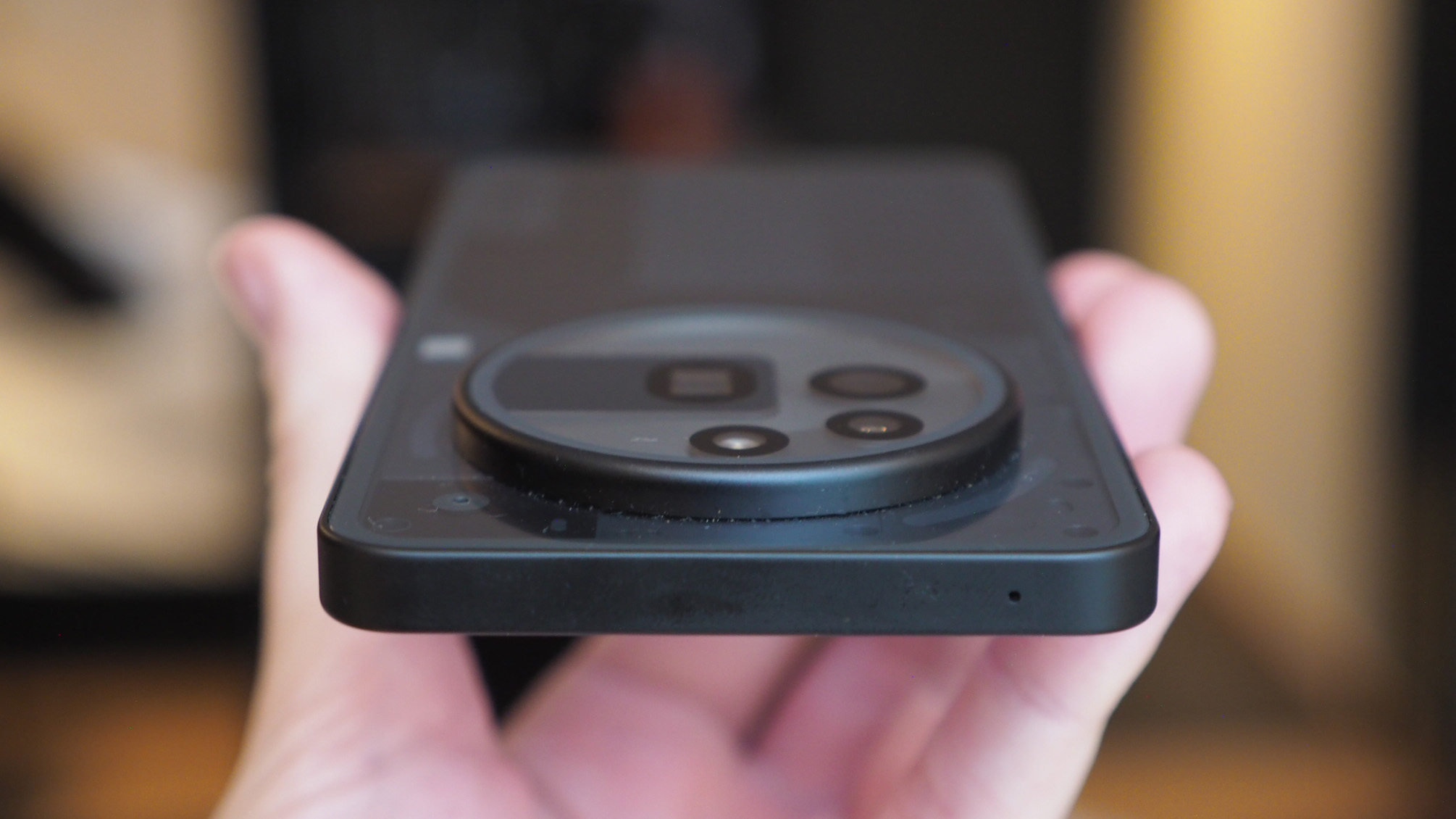
There's never been a 'Pro' Nothing phone prior to this model, so the Phone (3a) Pro is an entirely new product category for the brand – albeit one that sits in among the mid-tier 'a' family. It's not 'the most Pro' device that Nothing sells, as there's the Nothing Phone (2) – and, presumably, there'll be a Phone (3) to follow later in 2025 (one that's even 'more Pro' despite lacking the accolade in its name?).
Nonetheless, there are a couple ways to view the (3a) Pro: versus the base (3a) model – as per my comparison, here – or as a significant upgrade over the earlier (2a) model. It's certainly the latter, owed to its cameras, with a new 3x optical zoom (using a periscope system) being the most significant of its Pro-specific features.
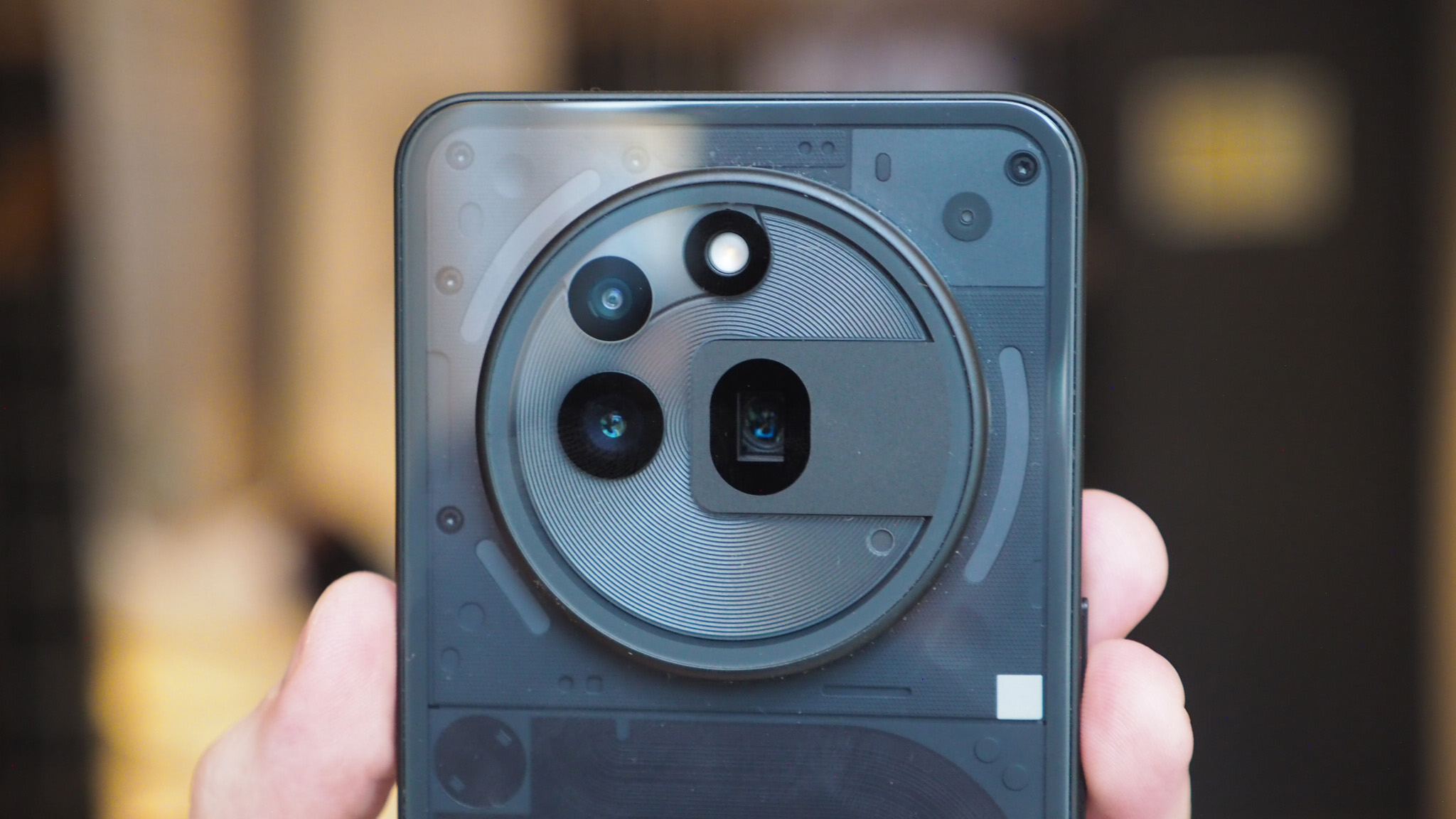
The design is inevitably different as a result, with that rear camera enclosure much larger. It brings an end to the 'cute-eyed' Phone (2a)'s looks, which I think is a good thing. The Phone (3a) Pro is much more at home among its Xiaomi 15, Oppo Find X8 Pro and OnePlus 13 companions from a style perspective – all the Chinese makers are going with large circular camera enclosures right now.
The Phone (3a) Pro still manages to look unique, though, given the transparent rear and a partially visible internals. It avoids the hyper-glossy exterior that's such a fingerprint magnet for the likes of Samsung's A56, though, which I think is a major positive. Not to mention, the Nothing handset is actually a Samsung-beating lower price, despite featuring that 3x zoom – which puts into perspective how good value it is.
Of the four physical buttons on the phone's sides, the big new feature is Nothing's Essential Key, which opens the Essential Space – the brand's take for AI-supported tasks, based on your screengrabs and assigned voice notes. Nothing isn't shouting "artificial intelligence" from the rooftops, though, which I find a refreshing approach – but, as I'll get to below, the 'Essential' implementation needed a lot more thought.
How does Nothing's Essential Key work?
- Essential Key captures screengrabs, with optional voice note additions
- Essential Space creates task checklists automatically
- Essential Space is editable by manual Collections
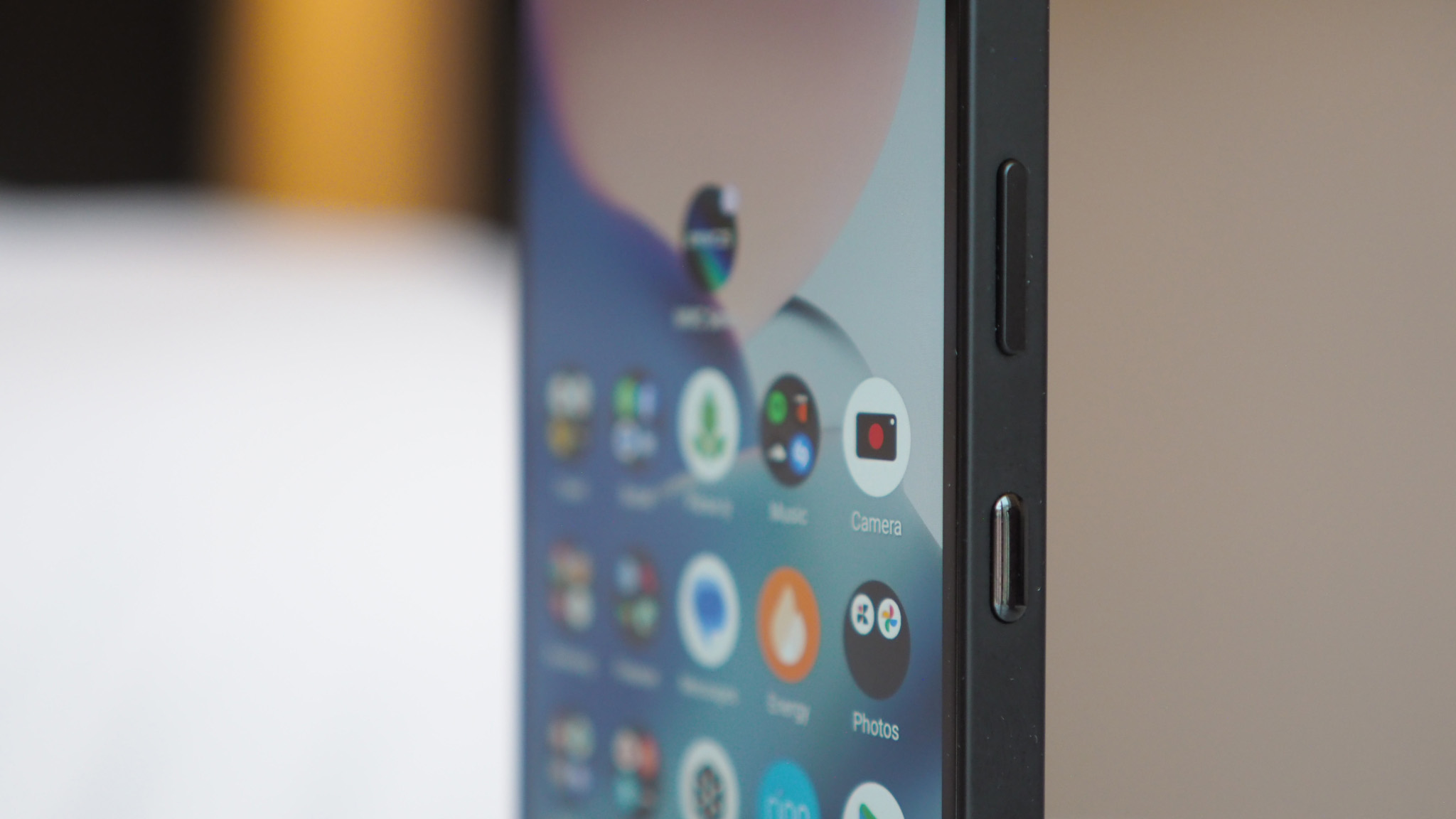
My big problem with the Essential Key? It's positioned exactly where a usual power button would be on any of the best Android phones. I've reviewed hundreds of handsets over the years, so my muscle memory is ingrained – I typically use that button to turn off the display. But every time I press the Essential Key it takes a screengrab – and I've pressed it hundreds of times by accident.
Therefore my Essential Space is full of screengrabs I didn't want to take. That information is then assigned to tasks, which aren't always relevant nor contextually complete, as the artificial intelligence working behind the scenes can decipher and read these screengrabs. I've got personal emails, work emails and WhatsApp grabs all unwantedly in the space, so the task assignment has largely been more annoying than useful.
At times, however, it can be really useful – but only with intentional, more rigourous use (and fewer mistakes than me!). I purposefully uploaded a flight boarding pass screengrab, for example, with the Essential Space noting when to leave to catch the flight – but also identifying a delay and adjusting accordingly. It does have access to apps, only the screens, and until that kind of integration and context is added it'll never be a fully complete system.
Nothing Phone (3a) review: Spec & Performance
- Glyph Lighting: 3 LED lights with 26 individually assignable zones
- 6.77-inch OLED display, 1080 x 2412 pixels, 120Hz, 3000 nits peak
- 5000mAh battery capacity, 50W wired charging
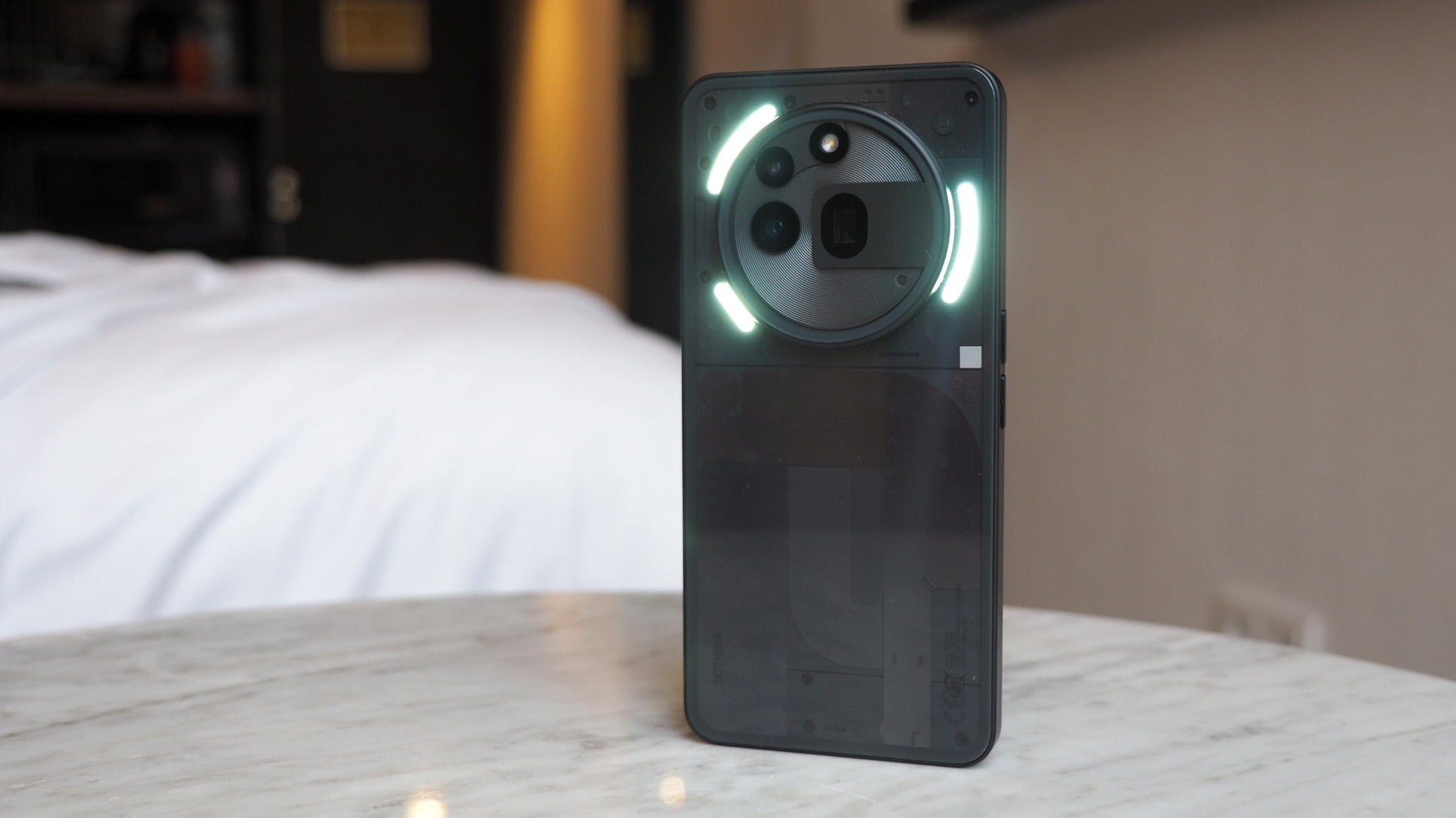
The other big part of Nothing's design distinction is the inclusion of LED lights on its rear, called Glyph Lights, which can flash in sequence or specific notifications, for example. The 'a' series stripped back the number of LEDs to three – the full-fat Nothing Phone 2 has 11 lights by comparison – but these are addressable in 26 zones. This sectioned approach means you can witness the large LED light strip 'fill up' to show, say, a countdown timer maxing out, or an Uber's impending arrival, among other use cases.
The Nothing Phone (3a) series doesn't change the trio of LED lights, it's the same as the series prior – and the Pro model sticks with the same ideal as the base (3a) model. The light positions haven't moved either, despite the significant new camera enclosure, maintaining consistency from generation to generation – which is sensible for established Nothing users upgrading to this phone. It's a fun feature if you choose to use it, otherwise it's easy to switch it off.
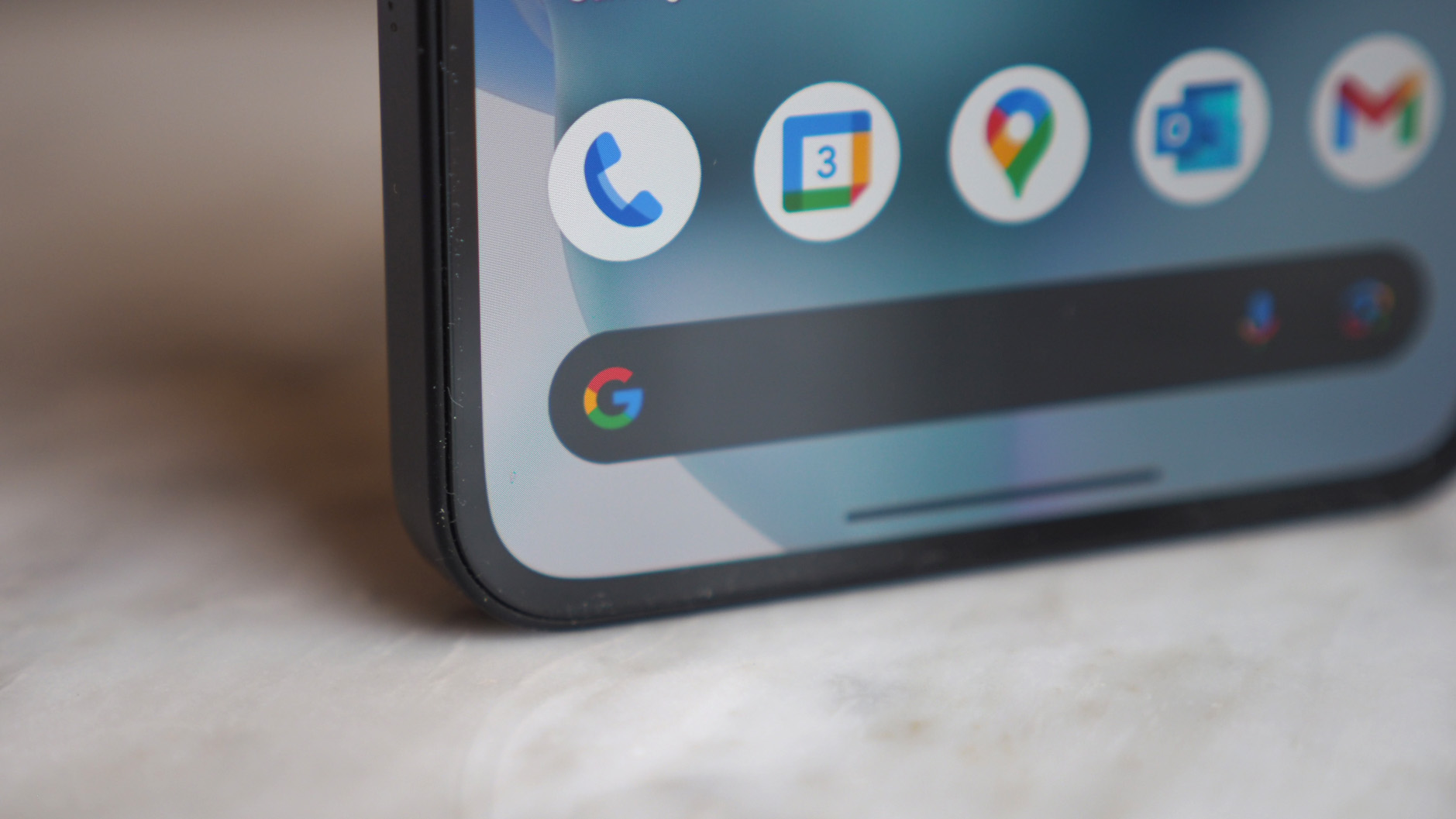
Inside, meanwhile, Nothing has shifted from MediaTek to Qualcomm in this generation: it's a Snapdragon 7S Gen 3 paired with 8GB RAM (for the UK, 12GB versions will be available in India). And it performs to around what you'd expect at this level and price.
Having initially used the handset for a few days, I had spotted some minor stuttering in performance – especially when loading some apps, or in the Camera – but that's settled down through longer use patterns. It's still not flagship grade, up there with the best phones, but there's nothing about the day-to-day performance that's a deal-breaker by any means.
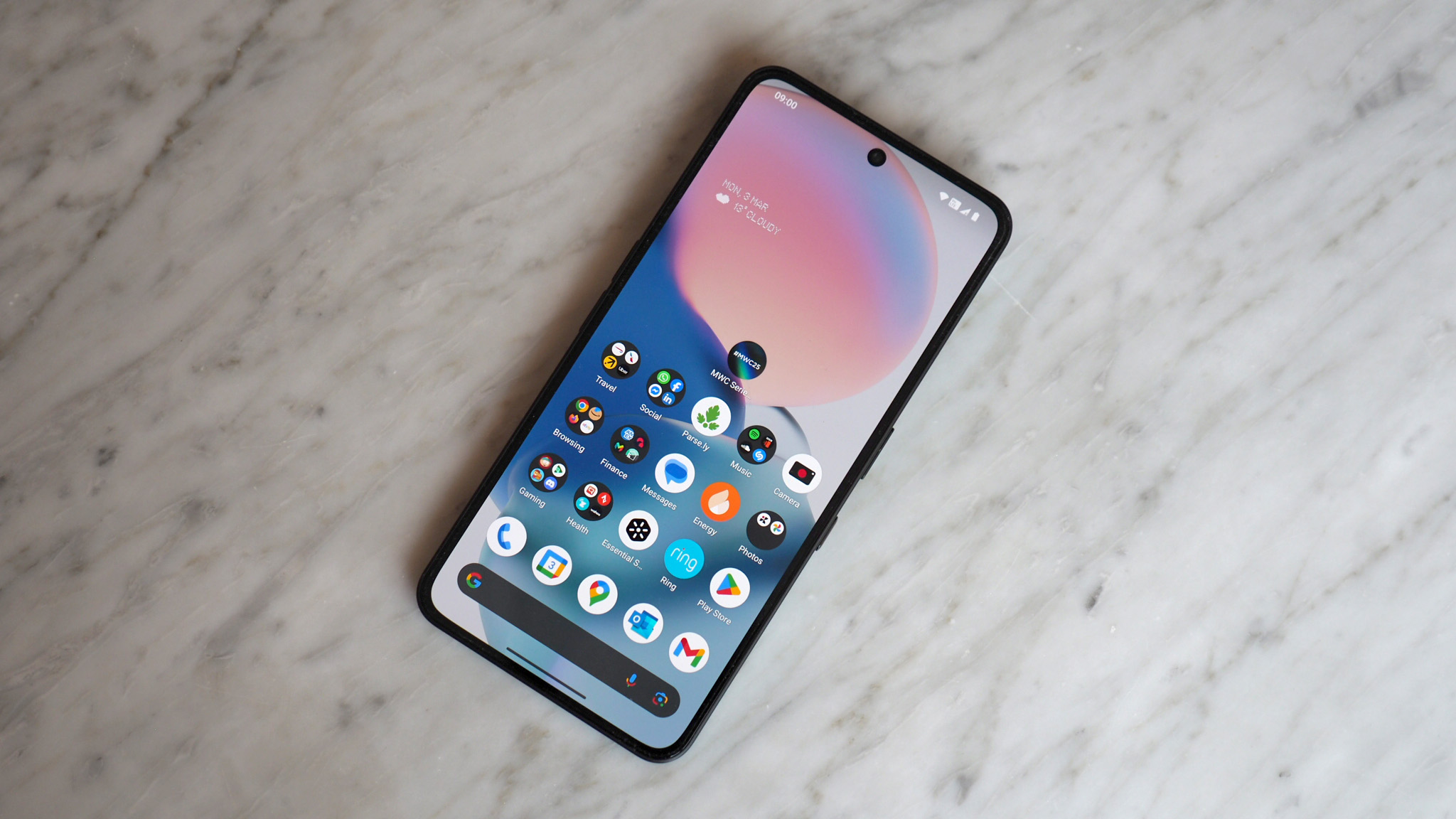
That said, the software does present some issues here and there. The display is of a quality scale, resolution and brightness – but the auto-brightness adjustment leaves something to be desired.
I've often had to manually adjust it when moving from contrasting environments, such as going out for a lunchtime walk and it being too dim, or, conversely, in the morning when it's too bright for my still-in-bed eyes.
I think it just needs a little smoothing around the edges in the software, which could easily happen via update. Nothing does these frequently, though, with the on-sale software differing from my pre-release test version.
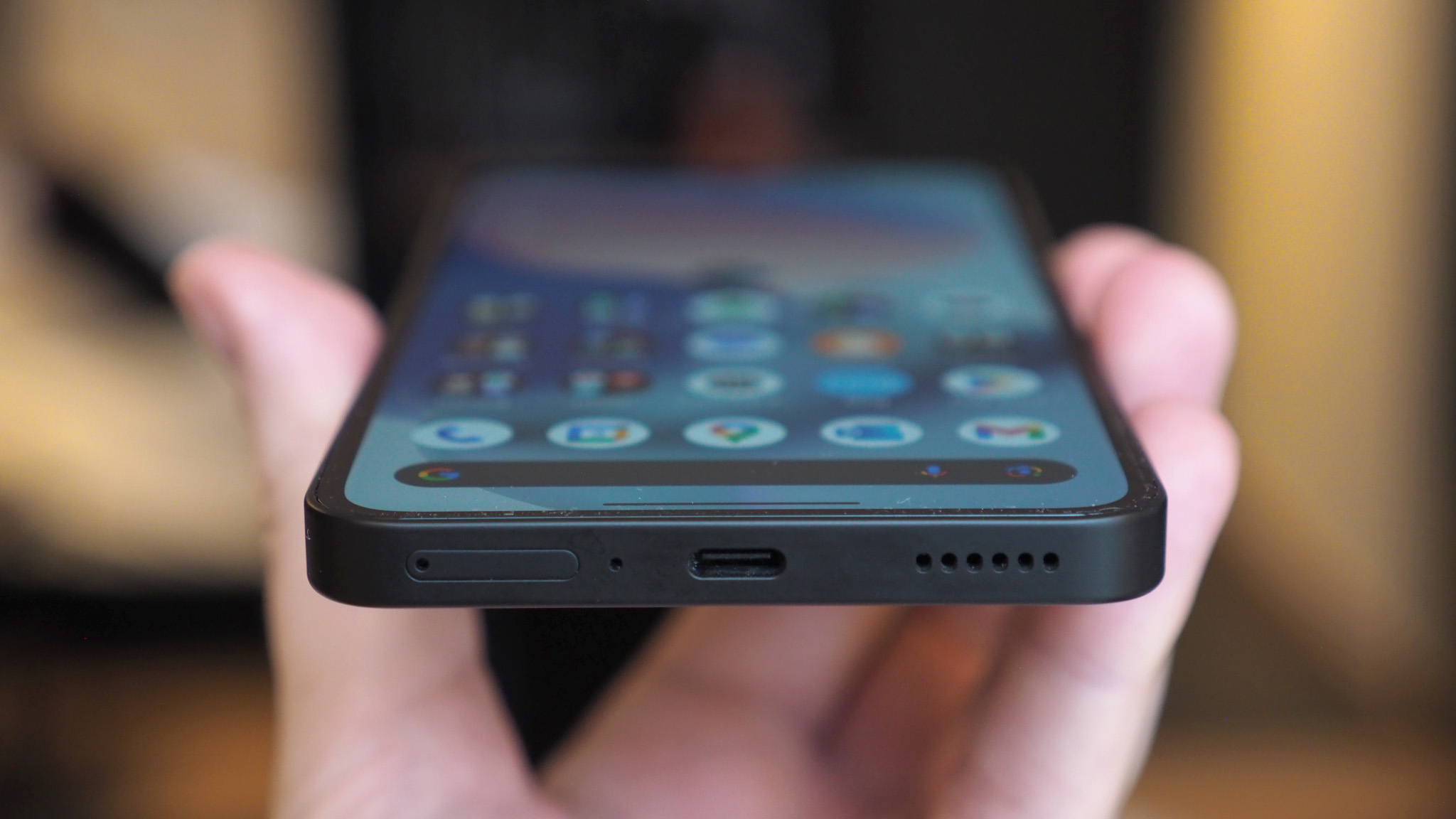
I've spent over a full week living with the Nothing Phone (3a) Pro – trying to avoid the spotters at Mobile World Congress, where the phone was officially unveiled (but I was already using it full time!) – and have found its 5,000mAh battery to just about push through a day of use.
It was a struggle at first, with the red zone hit before the end of a day – but that's now settled down and I'm getting over 15 hours of strong use. Charging is suitably speedy, at 50W, which won't win any records – but is plenty quick enough for top-ups. That's also speedier than near rivals, with even Google's Pixel 9 limited to 27W, for example, and the 'a' version of that is likely to be much the same.
Nothing Phone (3a) review: Cameras
- Main: 50-megapixel, f1/.9 aperture, optical stabilisation (OIS)
- 3x periscope: 50MP (Sony Lytia 600), f/2.55, EIS & OIS
- Wide: 8MP, f/2.2
- Front: 50MP, f/2.2
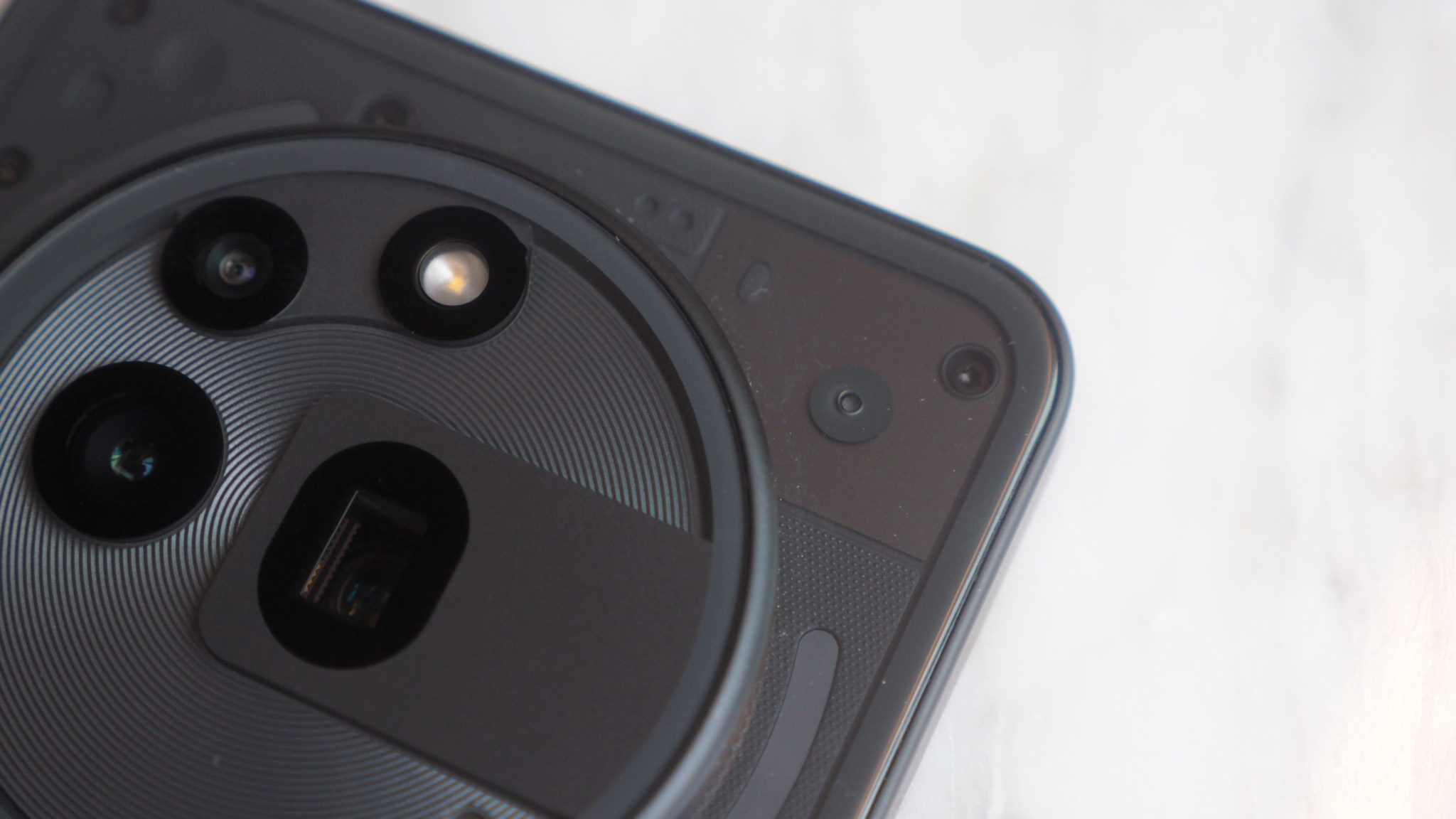
The single biggest reason to consider the Nothing Phone (3a) Pro over the base Nothing Phone (3a) is its cameras. Not only does the Pro have that more significant periscope zoom, at 3x optical, its main camera also uses a different sensor – giving it even more ability in low-light capture, in theory. I don't think it's the best in that regard, mind, again befitting of its mid-level positioning.
The Pro houses three cameras on its rear, catering for ultra-wide, main and that zoom. Within the app, however, its 0.6x, 1x, 2x, 3x, 6x default options utilise both the main sensor and zoom with double-up digital zoom options, hence the 2x and 6x available. Check out the zoom runthrough in the below gallery for an idea of how that translates in the real world:
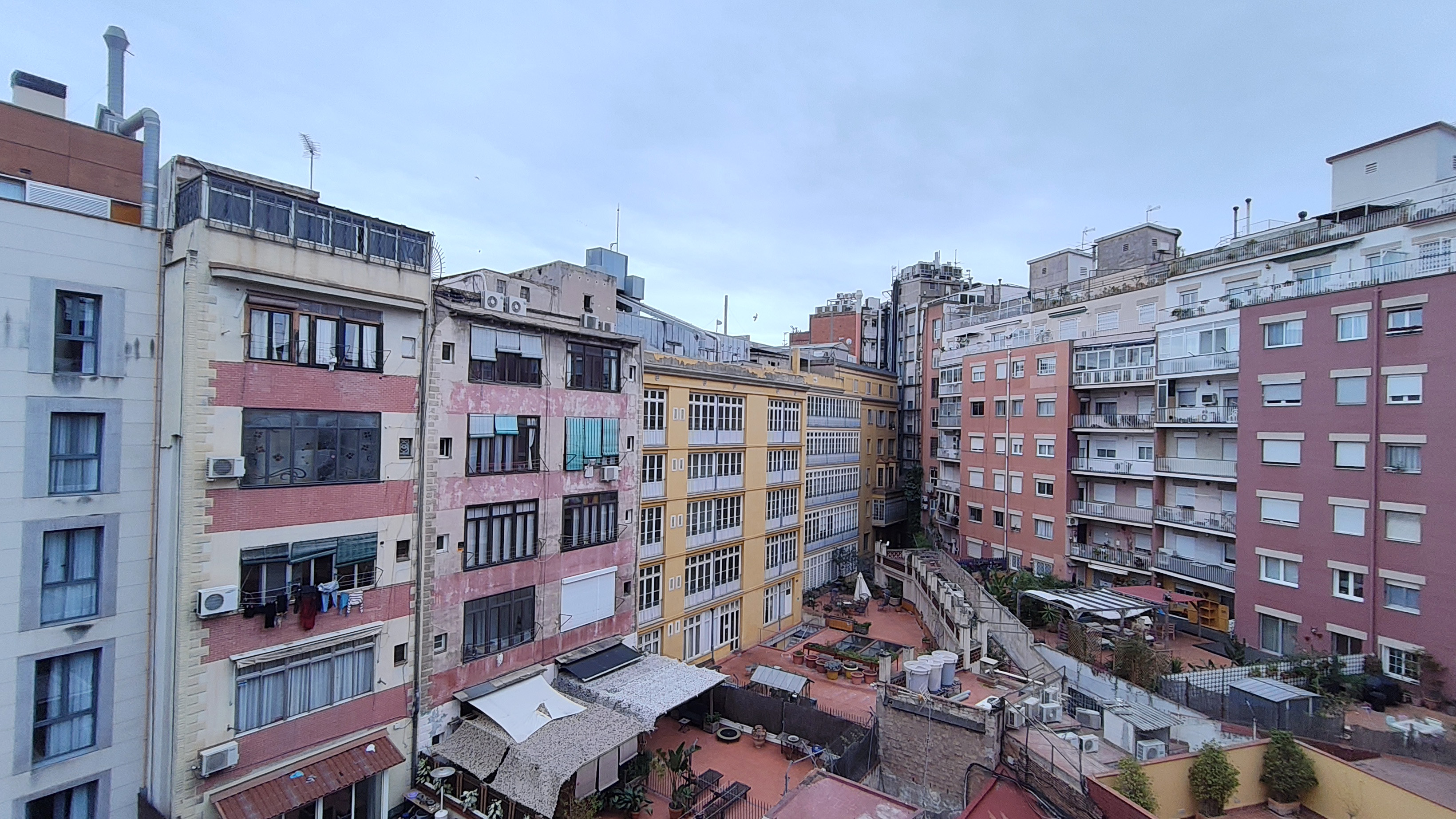
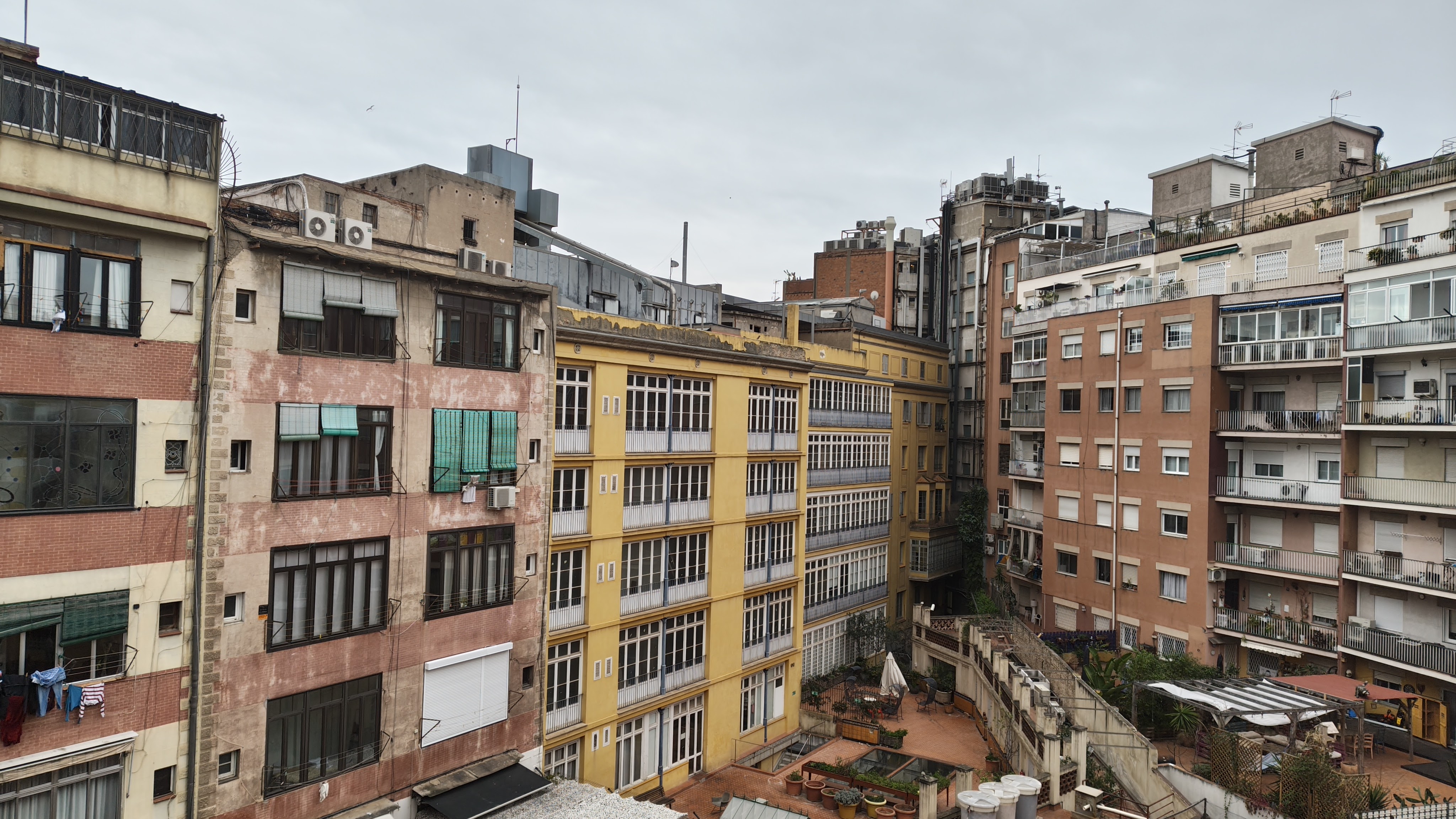



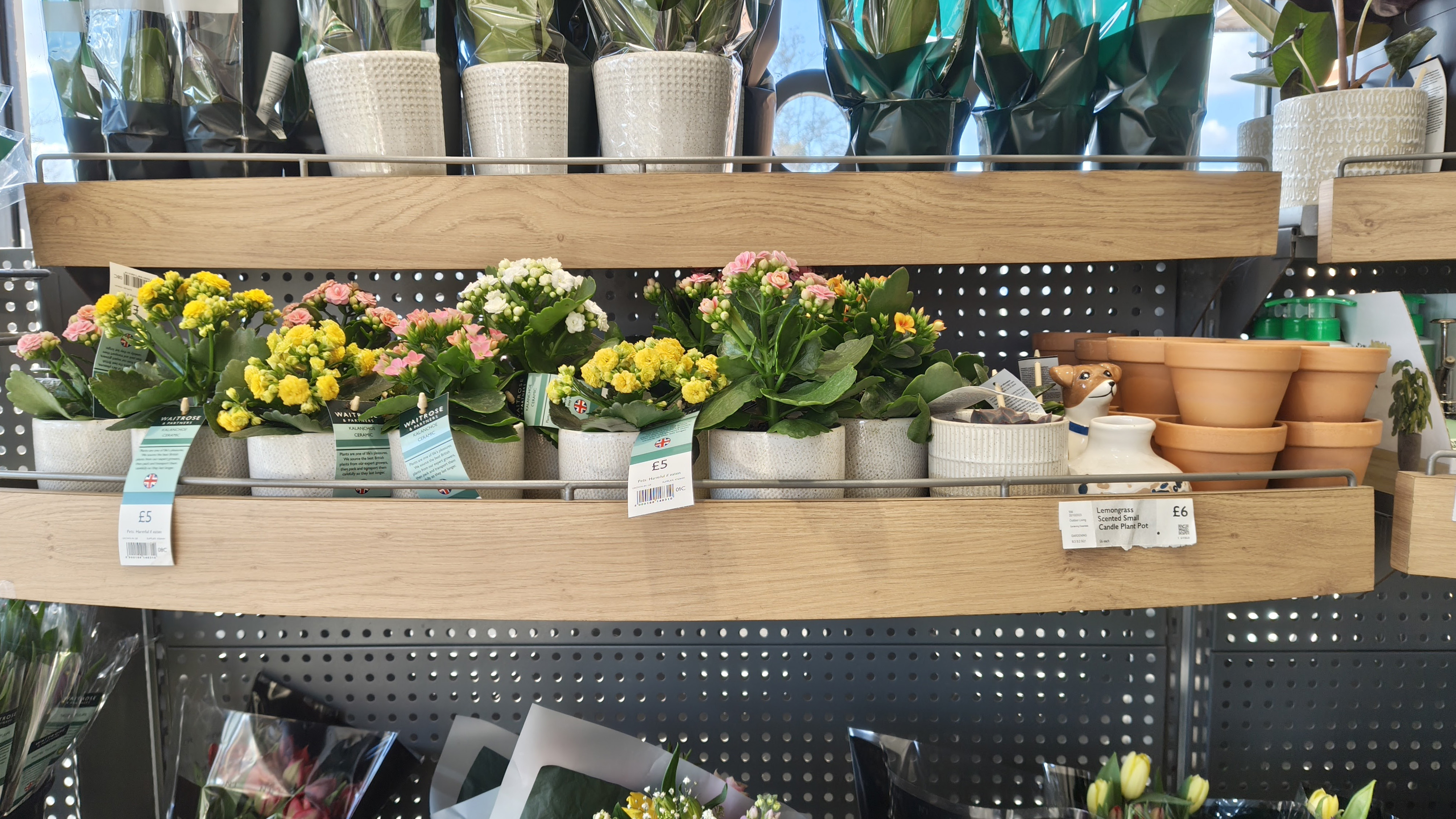
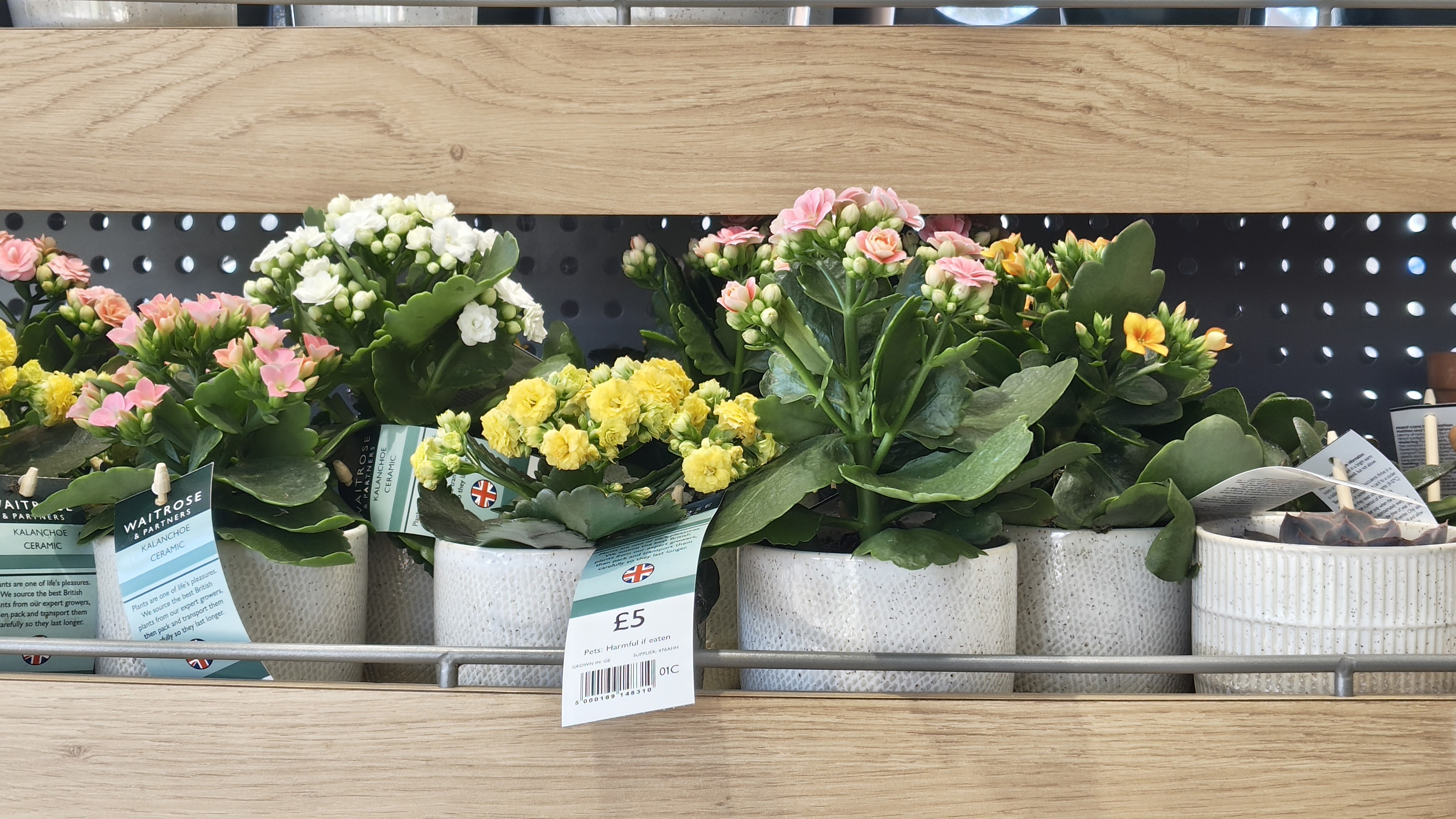
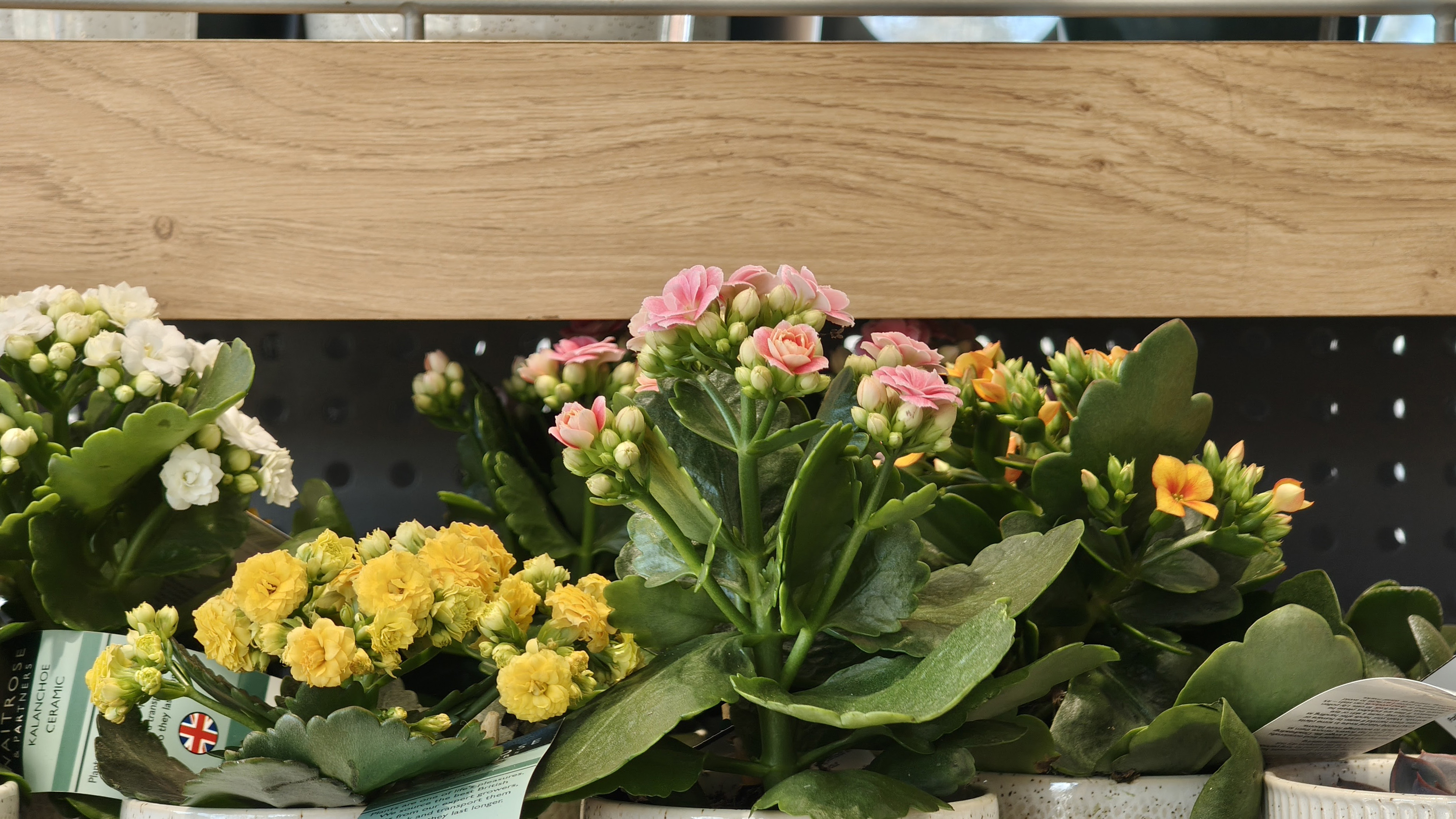
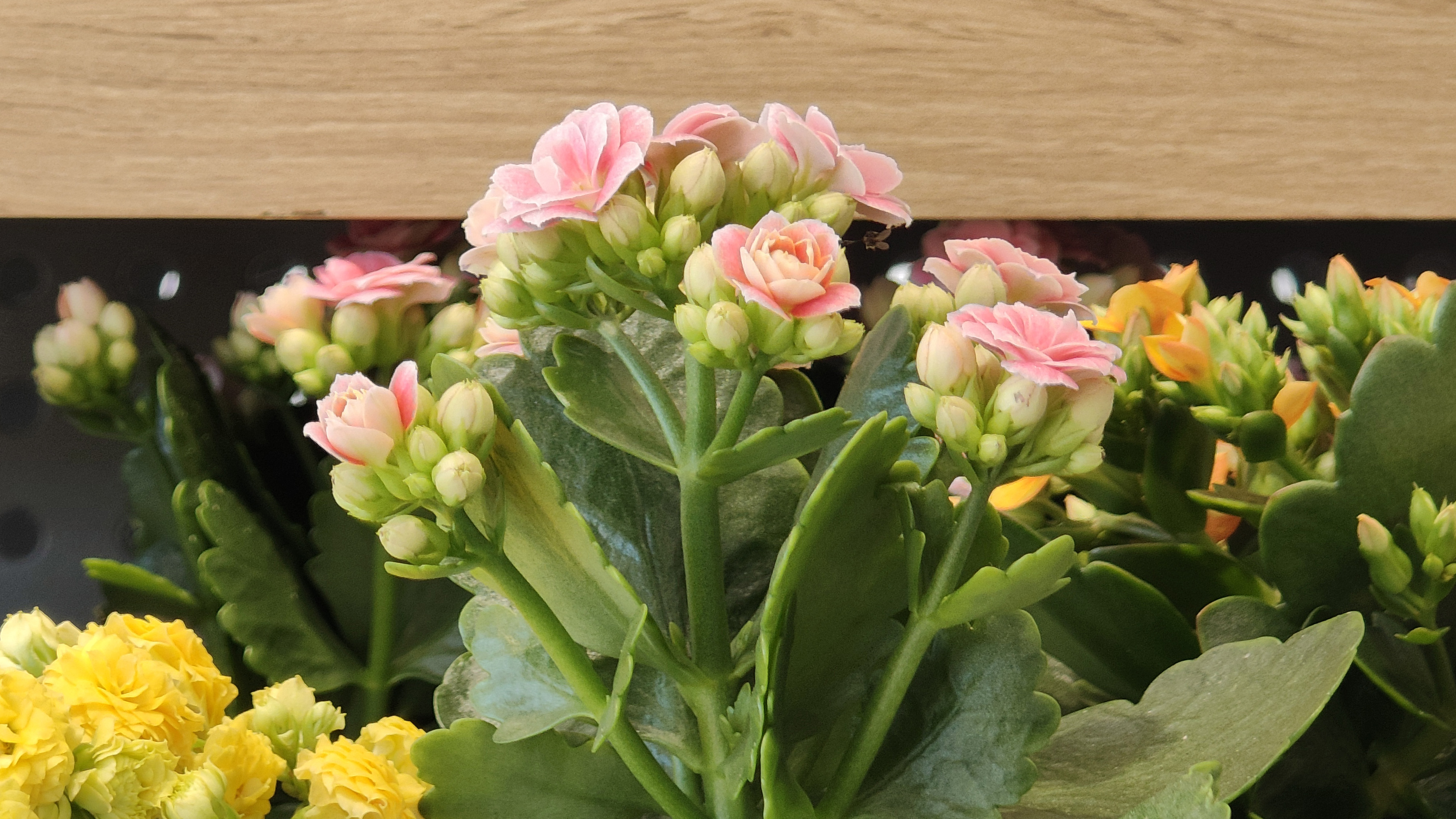
As mid-tier setups go, the Nothing Phone (3a) Pro has a lot of potential, but it's fairly typical bugbears that let it down a touch. As you can see in the gallery above, for example, the consistency between the cameras is, well, it's inconsistent – different colour balances, different detail resolve, with only the main offering a richer palette out of the three.
The wide-angle is the weak point, really, just as you'll find in the Samsung Galaxy A56 and other competitors. The distortion isn't great, the resolution is low, but this is fairly typical. I'd much rather have it here than not, of course, and Nothing has avoided adding throwaway cameras, such as a dedicated macro, which I appreciate.



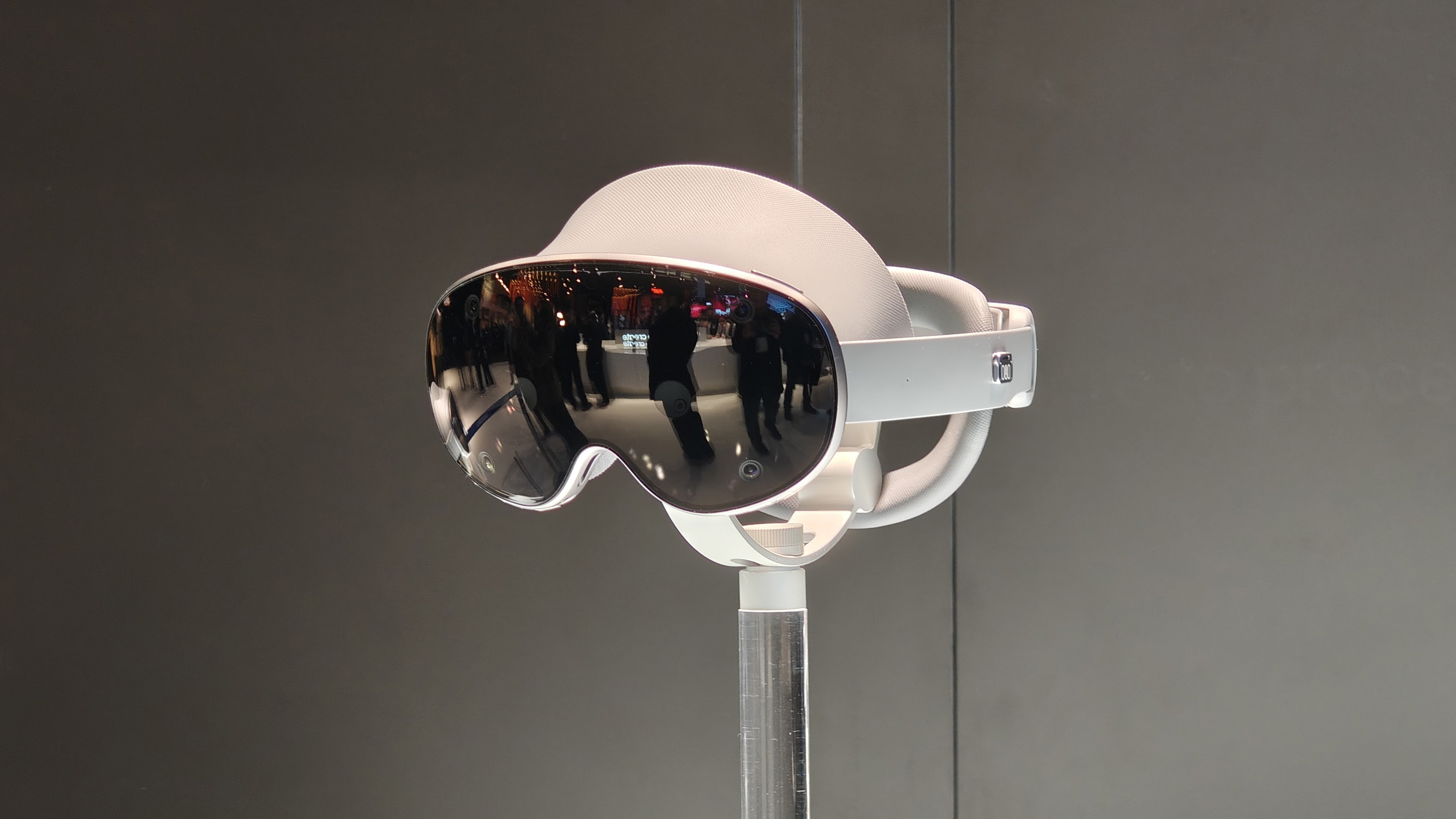



It's the zoom where the Phone (3a) Pro earns its name though – and in isolation you won't care about colour balance differences compared to the main lens. The gallery above shows some tasty zoom-in shots, in among some other wider-angle, with natural shallow depth of field enhancing their visual appeal. The ability to focus fairly close-up is welcome too.
Again, look to the near competition and you're just not going to find a similar-priced handset with a camera arrangement as complete as this. Sure, it could do with some greater refinement, but with the zoom being the Pro's big sell, it's great to see this largely pulled off in use too.
Nothing Phone (3a) review: Verdict
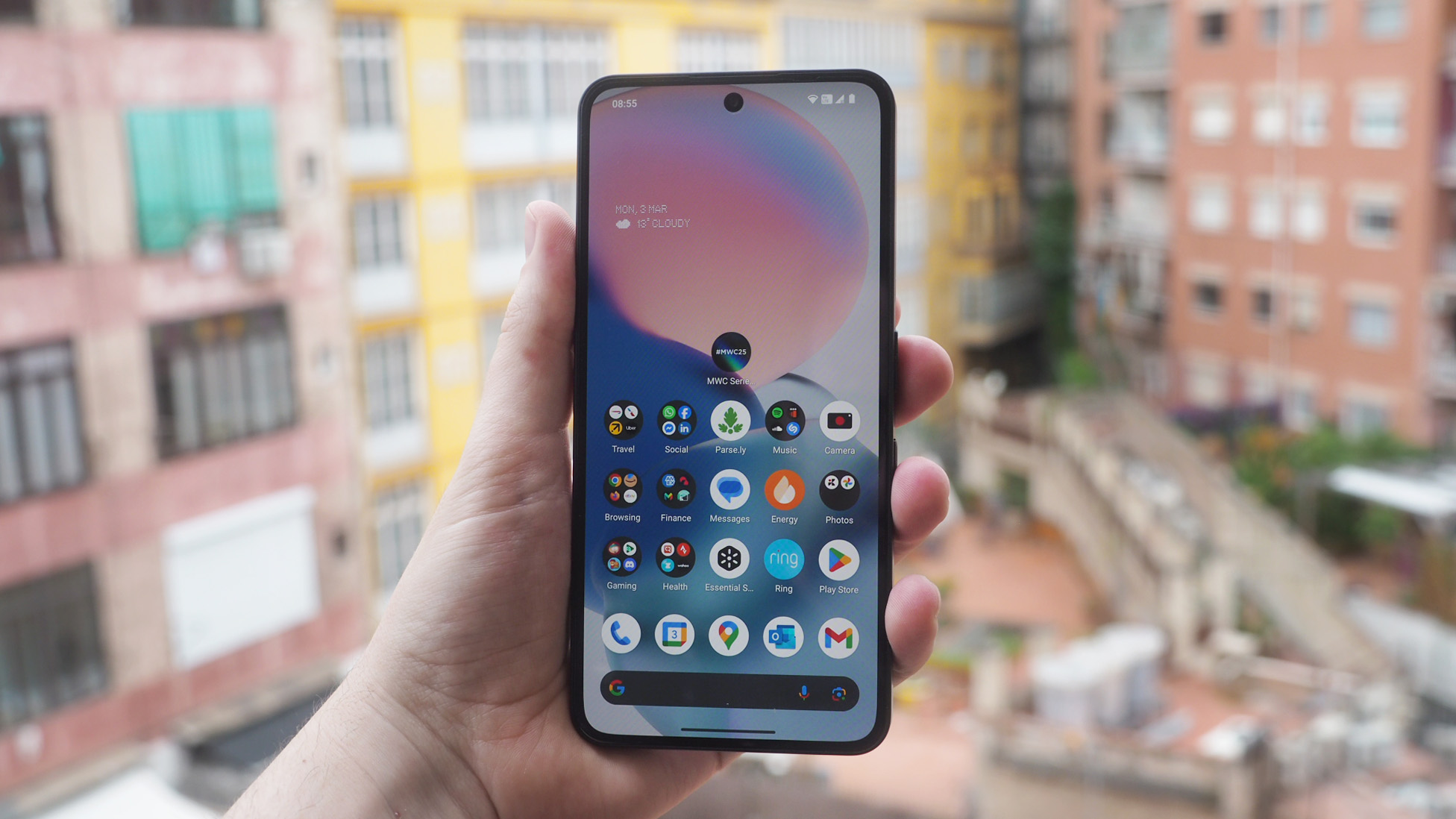
On the face of it, the Nothing Phone (3a) Pro might be far pricier than its base (2a) predecessor or new (3a) sibling, but it earns that right thanks to its 3x zoom camera. The competition can't match that at this price – and while camera consistency isn't perfect, it's still a successful offering.
The big problem, from my point of view, is that the Phone (3a) series' best new feature is also its biggest weakness. The Essential Key is bothersome in its placement, frequently mispressed as a result, delivering an imbalanced Essential Space experience of often irrelevant tasks, which can also lack context. Used with rigour and I'm sure some users will love this feature – personally, I just wish it was implemented differently.
All in all, however, Nothing has come out and delivered what it's known for: being fun, being different, being cheaper than its key competition. In the Phone (3a) Pro, the zoom camera is a real upsell, just as the unique Glyph Lights and eye-catching design are too. The Pro feels like a more grown-up package from the brand, with a lot of promise in where its future direction is headed.
Also consider
While there aren't many competitors at this price with a periscope zoom, you can forego the big camera and obtain quality Samsung (Galaxy A56) or Google (Pixel 8a – until the 9a likely appears) for similar money.
Don't care for the zoom, but do care for Nothing? Then the base Phone (3a) – especially in its blue finish! – or last year's now even cheaper Phone (2a) are solid alternatives too.

Mike is T3's Tech Editor. He's been writing about consumer technology for 15 years and his beat covers phones – of which he's seen hundreds of handsets over the years – laptops, gaming, TV & audio, and more. There's little consumer tech he's not had a hand at trying, and with extensive commissioning and editing experience, he knows the industry inside out. As the former Reviews Editor at Pocket-lint for 10 years where he furthered his knowledge and expertise, whilst writing about literally thousands of products, he's also provided work for publications such as Wired, The Guardian, Metro, and more.
You must confirm your public display name before commenting
Please logout and then login again, you will then be prompted to enter your display name.
